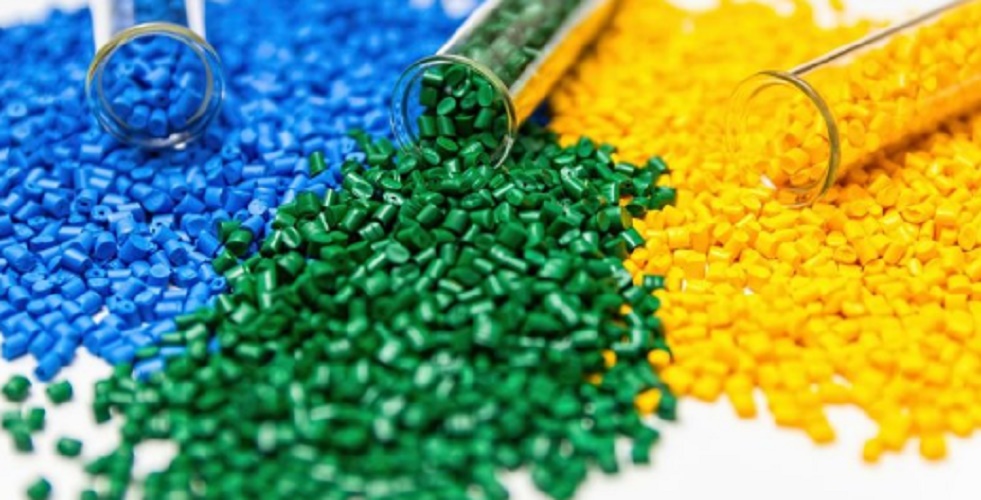What is plastic?
We explain what plastic is, the types that exist and the various uses of this polymer. In addition, its history and its different properties.
-
What is plastic?
Plastic is the generic and common name given to a series of substances of similar molecular structure and physico-chemical characteristics, whose greatest virtue is to have elasticity and flexibility during a temperature range , thus allowing its molding and adaptation to various forms . This name comes from its eminent plasticity , that is, its ease in acquiring certain forms.
Plastics are, specifically, synthetic materials and petroleum products , obtained through polymerization processes, that is, semi-natural multiplication of long chains of carbon atoms , thus giving rise to a hot and cold-resistant malleable organic substance.
This material is extremely versatile, thanks to its lightness, pleasant touch and resistance to both biological and environmental degradation (except for prolonged exposure to UV rays).
These properties are difficult to achieve with other elements, and make plastic a blessing and a problem at the same time, since as well as being the most useful and effective synthetic material in human history, it is also the main source of solid contamination. of the planet (garbage). Luckily, plastic is recyclable, although its production is much cheaper and simpler than its reuse.
When subjected to direct heat, most plastics release gases rich in dioxins and furans, carcinogenic hydrocarbons and capable of suffocating living beings , in addition to causing tremendous atmospheric damage.
-
Plastic types

There are various ways of classifying plastics, such as:
According to its origin . One can speak of natural plastics , derived from substances of plant origin such as cellulose, casein or rubber, and those purely artificial , such as those derived from petroleum and other hydrocarbons.
According to his reaction to heat . We can identify two types of plastics according to their behavior against heat: on the one hand thermoplastics , that is, those that face heat always acquire a liquid consistency and only when cooling harden, acquiring a vitreous state. On the other , thermosets , those that once melted and cooled, acquire a solid consistency that is impossible to melt again.
According to its molecular structure . According to the way their particles tend , we can talk about:
- Amorphous . Their molecules are disorganized and do not tend to any structure, which is why they leave large spaces for light to penetrate, thus achieving transparent plastics.
- Crystallizable . They tend to form rigid and deformation resistant crystals; Depending on the speed of its cooling, more or less crystals can be given.
- Semicrystallizable . Intermediate step between amorphous and crystallizable, which has messy and other orderly areas.
- Elastomers . Also called “rubbers”, they have elastic properties that allow them to deform against the action of a force and then recover their stiffness.
-
Uses of plastic
The applications of plastic are virtually endless : from spare parts for electronic, electrical and industrial devices, such as insulators, protectors, covers, dampers, etc., to components of the construction sector such as pipes, waterproofing, insulators, glass, etc.
Another very common use of plastic is in the manufacture of tools, toys, wrappers, furniture, containers, dividers, fasteners and, above all, bags.
-
Plastic history
The invention of plastic revolutionized the human industry forever. It was initially developed at the end of the 19th century as a substitute for ivory to create billiard balls, by the American John Weasley Hyatt, who was able to synthesize a celluloid by dissolving vegetable cellulose in camphor and ethanol.
Years later, in 1909, Leo Hendrik Baekeland achieved a polymer from phenol and formaldehyde, which was the first synthetic plastic in history, still known as bakelite.
This is considered as the beginning of the “era of plastic” that had its boom in the twentieth century, when the exploration of plastic resins began and its subsequent application to virtually all fields of industry.
Ten years later, in 1919, the macromolecular composition of plastic would be discovered , thanks to studies by German Hermann Staudinger.
-
Plastic properties

Plastics are sets of organic macromolecules, of synthetic origin, mostly waterproof, resistant, diamagnetic and good acoustic, electrical and thermal insulators even if they do not resist very high temperatures.
In addition, they are not very dense, economical in their manufacture, easy to work and mold , and once they have cooled, resistant to corrosion and many chemical elements, except organic solvents (such as thinner ).
On the other hand, plastics are not biodegradable , although they are currently experienced in that direction, nor are they easy to recycle , which makes them a major source of contamination.




